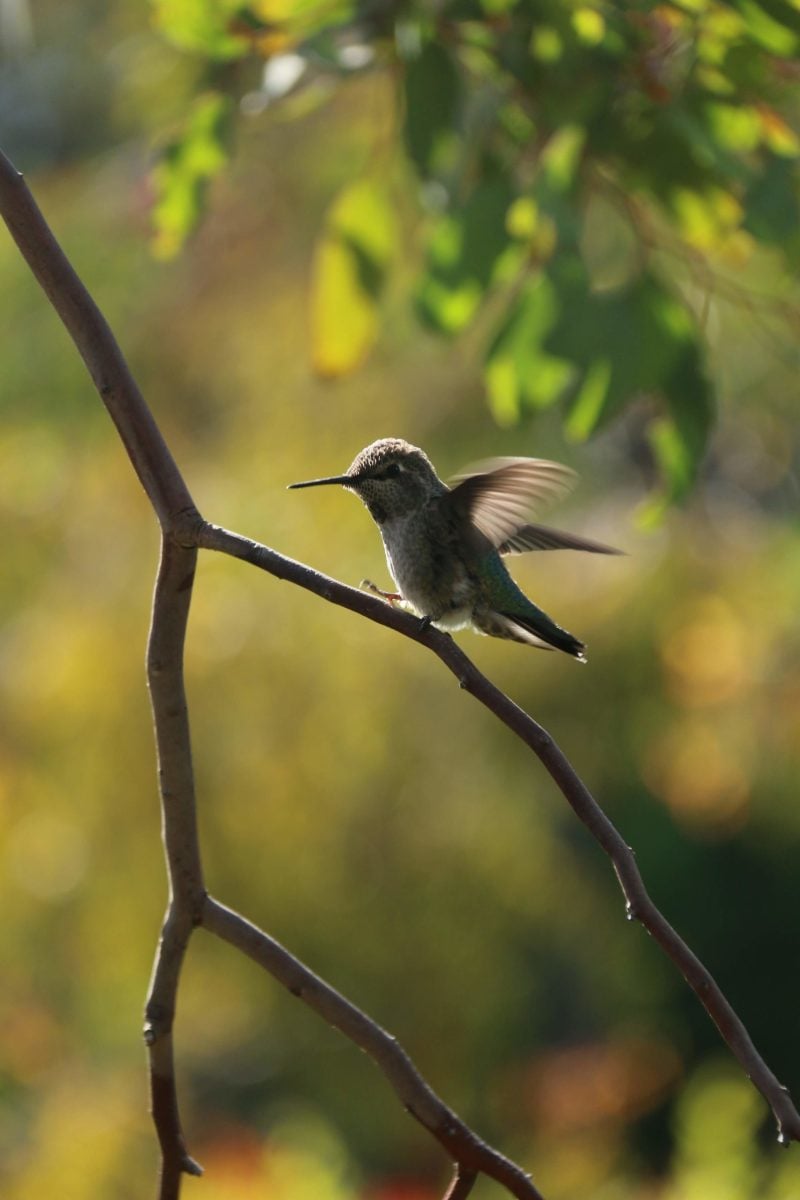SLAC National Accelerator Laboratory researchers revealed the living biology of dinosaur feathers in a recent paper published in Nature Ecology & Evolution on Sept. 21.
“We found that ancient dinosaur feathers like those in 125-million-year-old dinosaur Sinornithosaurus are much more similar in chemistry to the feathers of modern birds than we previously thought,” said Tiffany Slater, a postdoctoral researcher at University College Cork in Ireland and lead author on the paper.
A synchrotron, which is a particle accelerator that produces very high intensity X-rays to form a beam, analyzed the sample and produced a distribution of compounds present.
The synchrotron also informs researchers about the structure and function of the molecules. Used in tandem, these pieces of information reveal not only what molecules exist in a sample but what their function was at the time of burial.
Until recently, paleontology relied purely on fossilized bones to tell the story of how dinosaurs lived and what they looked like. Slater is working to change that.
“When you think about a paleontologist, you think about somebody going out into the field and digging up dinosaurs,” Slater said. “But a lot of my work is done in the lab.”
Slater places feathers from modern birds like chickens in an oven. Then she simulates fossilization “by heating the feathers up to temperatures that they would have experienced during burial.”
As a result, Slater developed an improved understanding of how proteins degrade over time. Researchers said this allows them to draw more accurate conclusions about the molecular makeup of dinosaurs.
SLAC engineer Nicholas Edwards said “unless you consider the potential degradation of the fossil you’re looking at you might make the wrong interpretation.” The work of Edwards and Slater shows that proteins may degrade into other proteins over time.
Mary Schweitzer, a professor emeritus at North Carolina State University who was not involved in the study, said there is near consensus among scientists that birds originated from dinosaurs.
Slater agreed: “[Our] research is kind of strengthening that evidence ever so slightly.”
Schweitzer said the study more than supports scientific consensus: “If you’re going to want to make predictions about the future, you need to understand the past, because that’s the only place where there’s data.”
While this paper is complete, it opens up a new line of questioning for the research team.
“Can the chemistry of the fossil reflect the chemistry of that organism when it was alive? And if so, what can that tell us about its living biology?” Edwards said.
Beyond strengthening our understanding of the origin of birds, Slater said this work is important because of how it can engage people in science.
“Paleontology is so spectacular because it’s kind of a gateway science,” Slater said. “It really fascinates and captivates young kids — and even adults.”
This article has been corrected to reflect the correct age of the Sinornithosaurus fossils. The Daily regrets this error.
